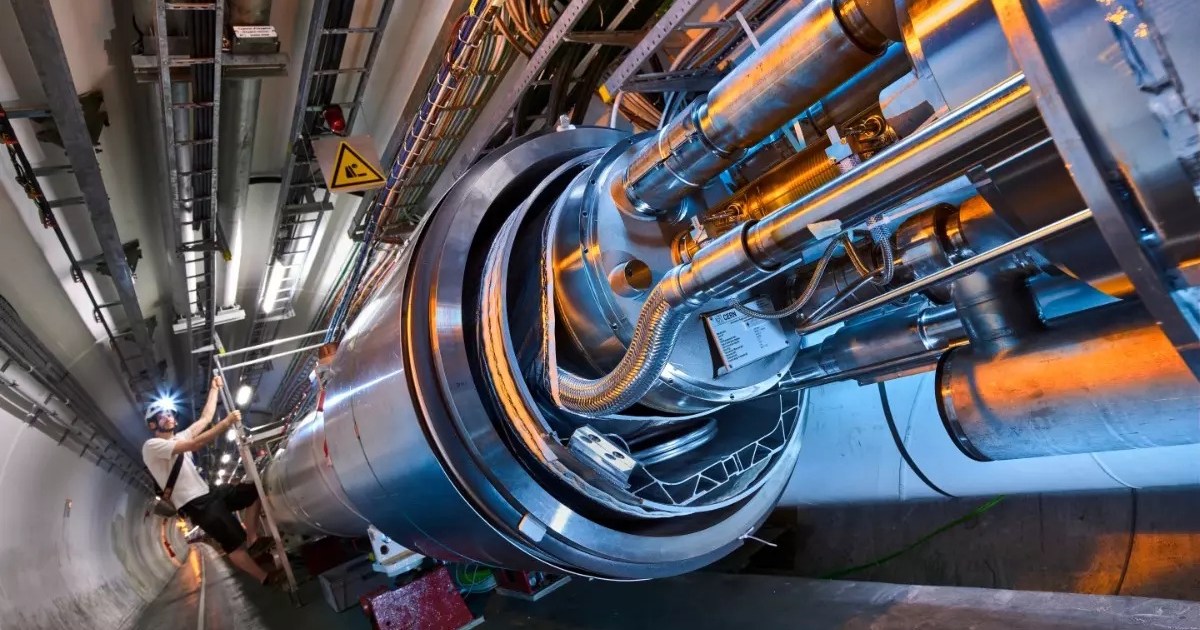Sign up for the Starts With a Bang newsletter
Travel the universe with Dr. Ethan Siegel as he answers the biggest questions of all.
CERN’s Large Hadron Collider (LHC) is history’s most powerful particle physics machine.
Deep underground, this tunnel is part of interior workings of the Large Hadron Collider (LHC), where protons pass each other at 299,792,455 m/s while circulating in opposite directions: just 3 m/s shy of the speed of light. Particle accelerators like the LHC consist of sections of accelerating cavities, where electric fields are applied to speed up the particles inside, as well as ring-bending portions, where magnetic fields are applied to direct the fast-moving particles toward either the next accelerating cavity or a collision point.
It collides protons at 14 TeV of energy: the highest ever achieved.
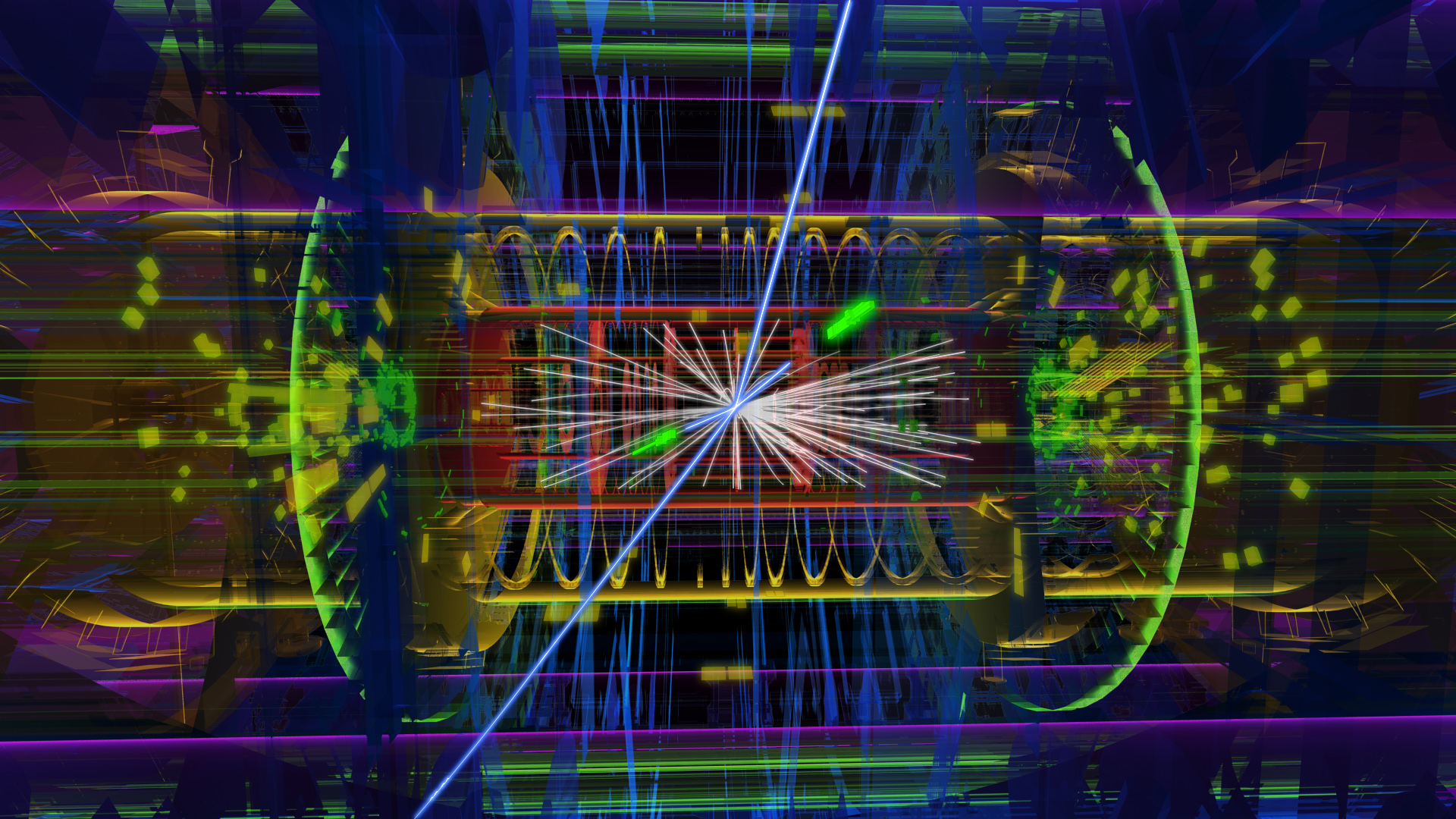
This reconstruction of particle tracks shows a candidate Higgs event in the ATLAS detector at the Large Hadron Collider at CERN. Note how even with the clear signatures and transverse tracks, there is a shower of other particles; this is due to the fact that protons are composite particles, and due to the fact that dozens of proton-proton collisions occur with every bunch crossing. At higher energies, discoveries that don’t appear at lower energies become possible. Modern particle detectors are like a layer-cake, with the ability to track the particle debris in order to reconstruct what happened as close to the collision point as possible.
It discovered the Higgs, measuring many of its important properties.
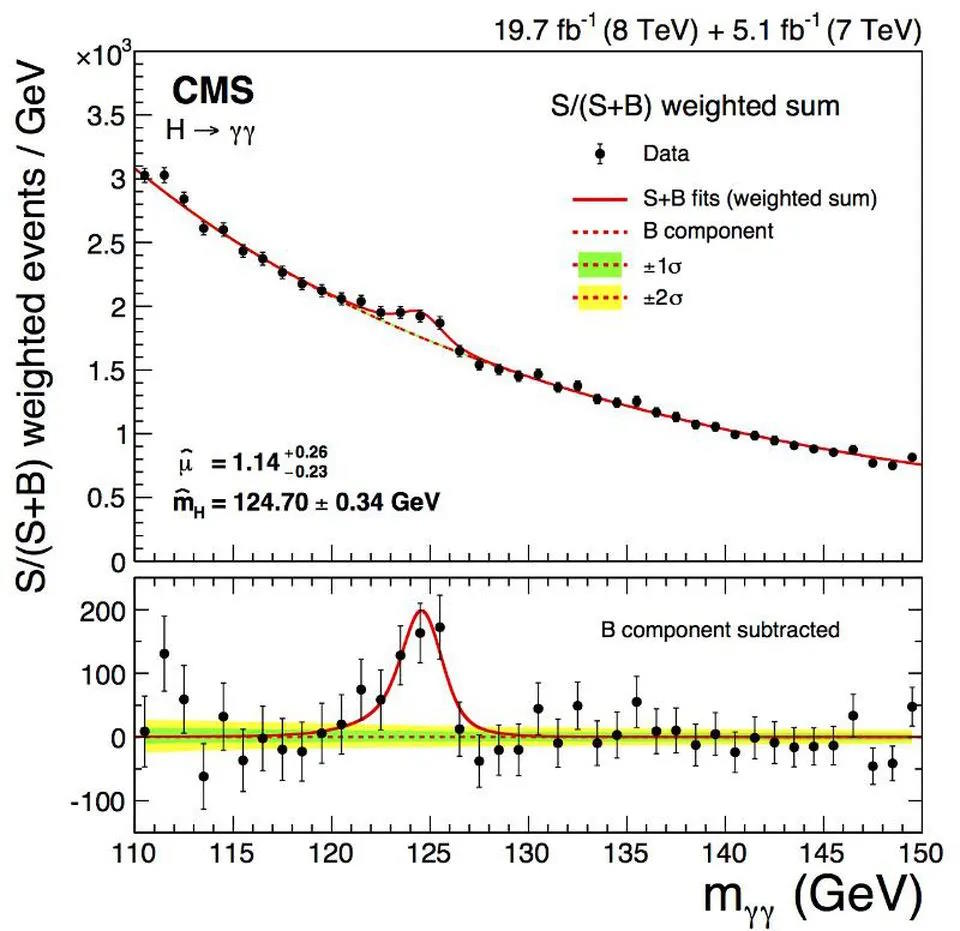
The first robust, 5-sigma detection of the Higgs boson was announced a few years ago by both the CMS and ATLAS collaborations. But the Higgs boson doesn’t make a single ‘spike’ in the data, but rather a spread-out bump, due to its inherent uncertainty in mass. Its mass of 125 GeV/c² is a puzzle for theoretical physics, but experimentalists need not worry: it exists, we can create it, and now we can measure and study its properties as well. Direct detection was absolutely necessary in order for us to be able to definitively say that.
Have we found the “Standard Model” Higgs, or are additional couplings/decays present?
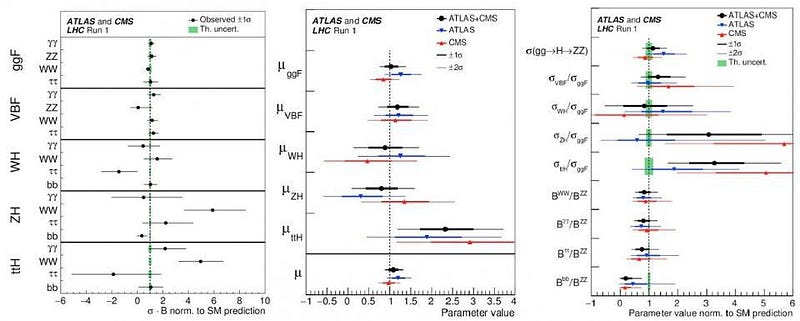
The observed Higgs decay channels vs. the Standard Model agreement, with the full suite of Run 1 data from ATLAS and CMS included. The agreement is astounding, and yet frustrating at the same time, as no evidence for either a second Higgs boson or for a non-Standard Model Higgs boson has yet arisen.
A novel, next-generation machine is required to find out.
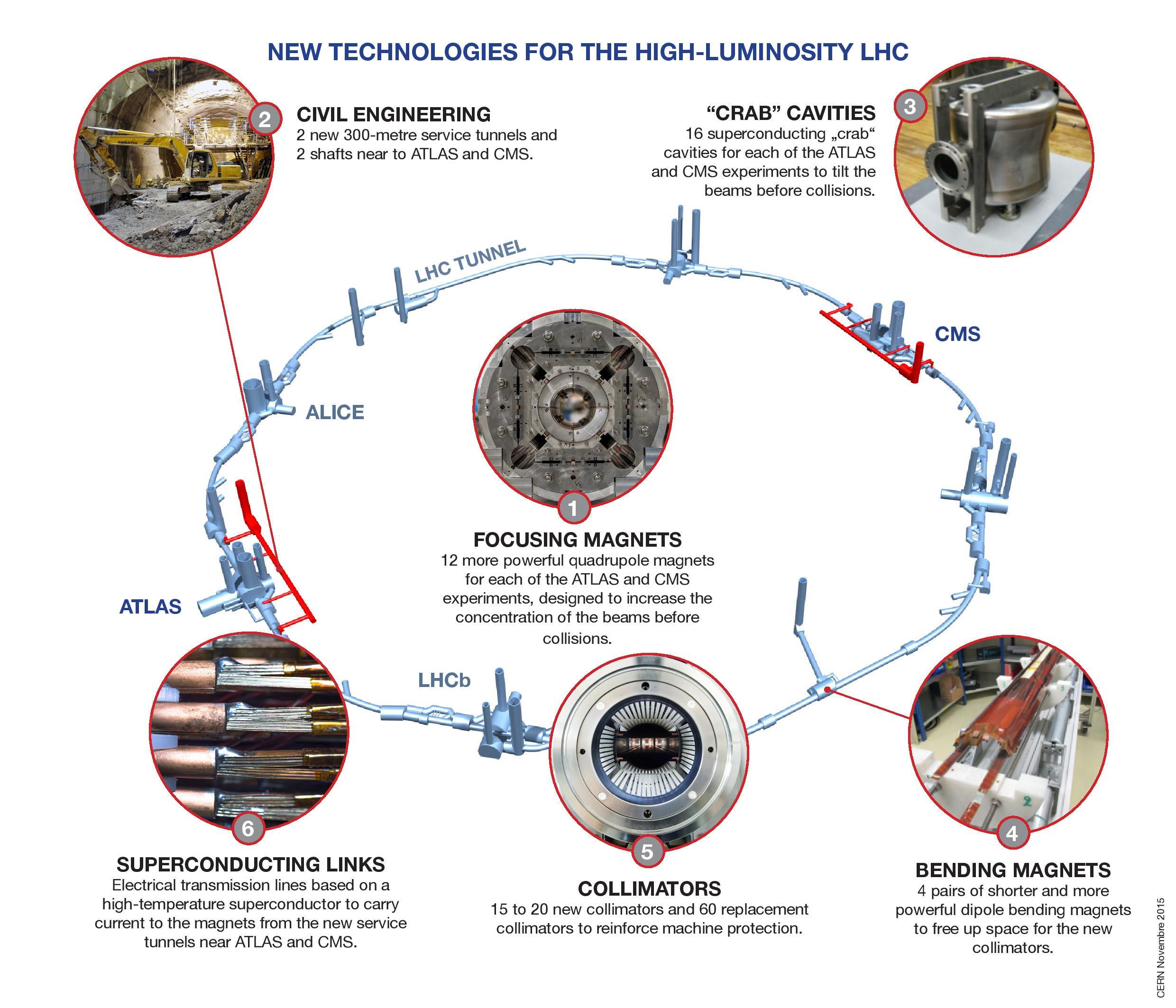
A series of infrastructure upgrades, some of which have already taken place and others which are still to come later this decade, will transform the LHC into the HL-LHC: the high luminosity LHC. It will be capable of collecting superior amounts of high-quality data, each year, as was taken over the LHC’s first decade of life, from 2008-2018. However, to learn more about the Universe at a fundamental level, a machine fundamentally capable of probing what the HL-LHC cannot will need to be built.
A “Higgs factory” would produce more Higgs bosons than the LHC, enabling precision studies.
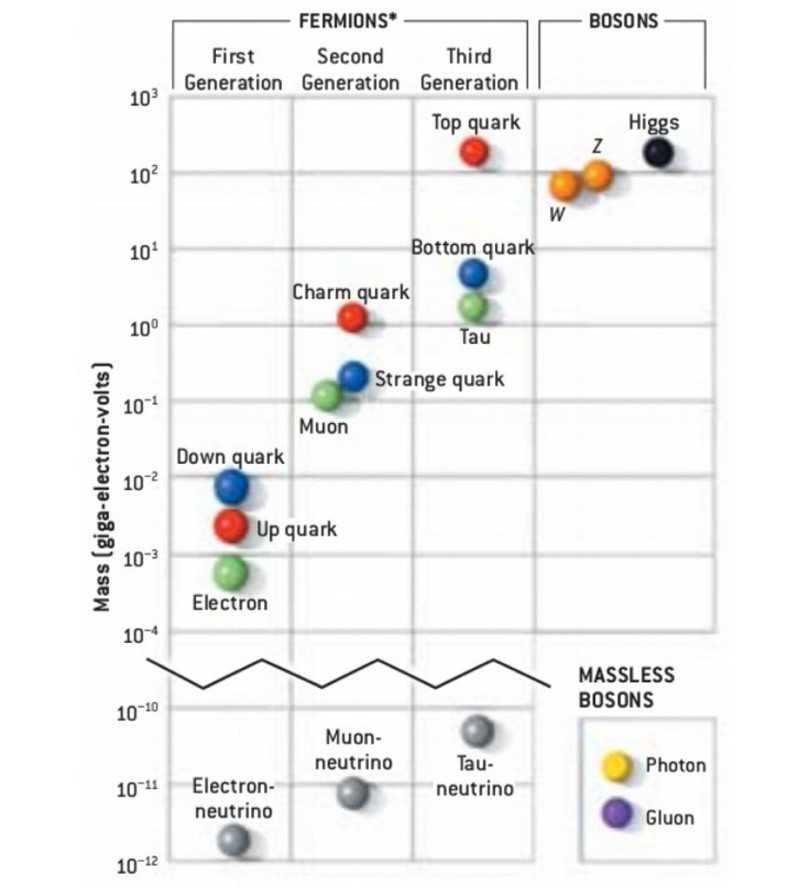
The rest masses of the fundamental particles in the Universe determine when and under what conditions they can be created, and also relate to how long they can survive after their creation during the hot Big Bang. The lessons learned from our experiments and observations enable us to determine what sort of collider should be designed to produce large numbers of each species of particles, with the next major goal being to build a “Higgs factory” for studying the Higgs boson precisely.
Credit: Universe-review
The simplest pathway collides electrons and positrons at ~216.3 GeV of energy.
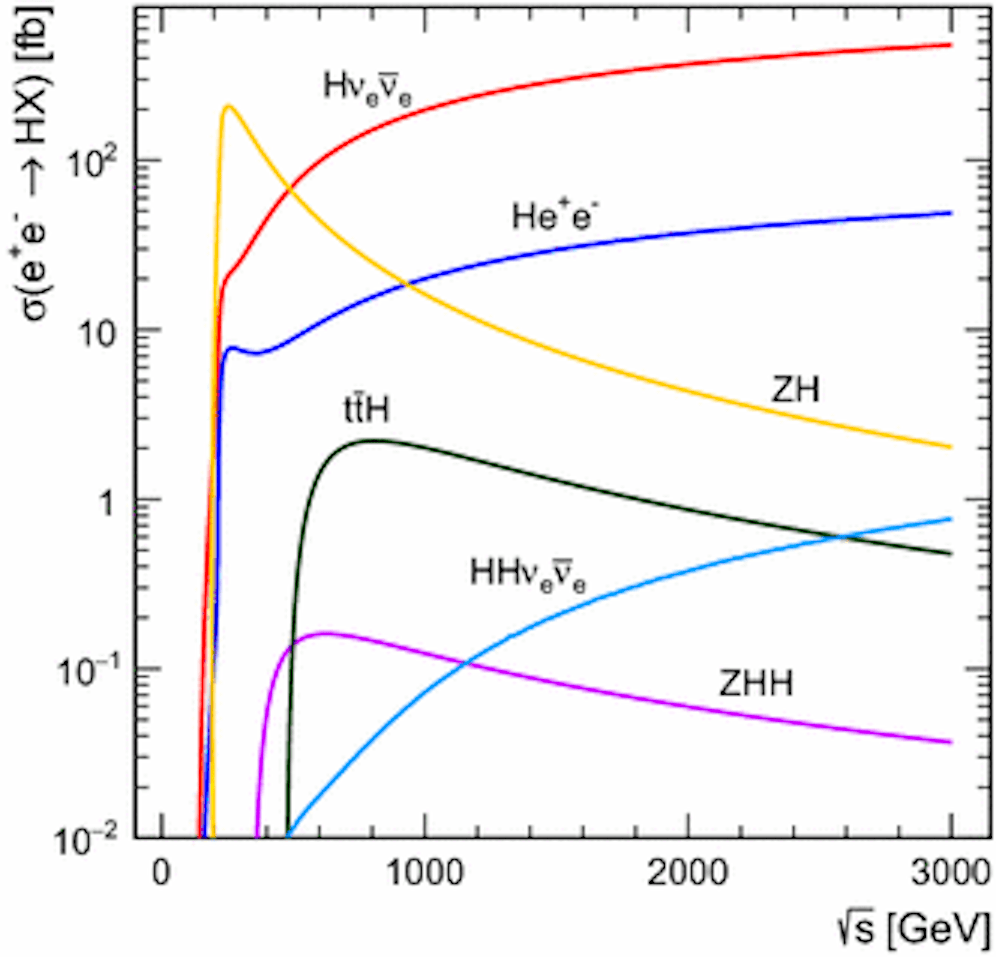
The cross-section for producing a Higgs boson (plus other particles) through various production channels at a lepton-antilepton collider, with an electron-positron collider being the leading option. The enormous yellow peak corresponds to producing a Z-boson and a Higgs boson together: the most prolific production channel, which peaks at 216.3 GeV of energy: the Higgs boson mass plus the Z-boson mass.
Ideally, a huge Future Circular Collider would be built.
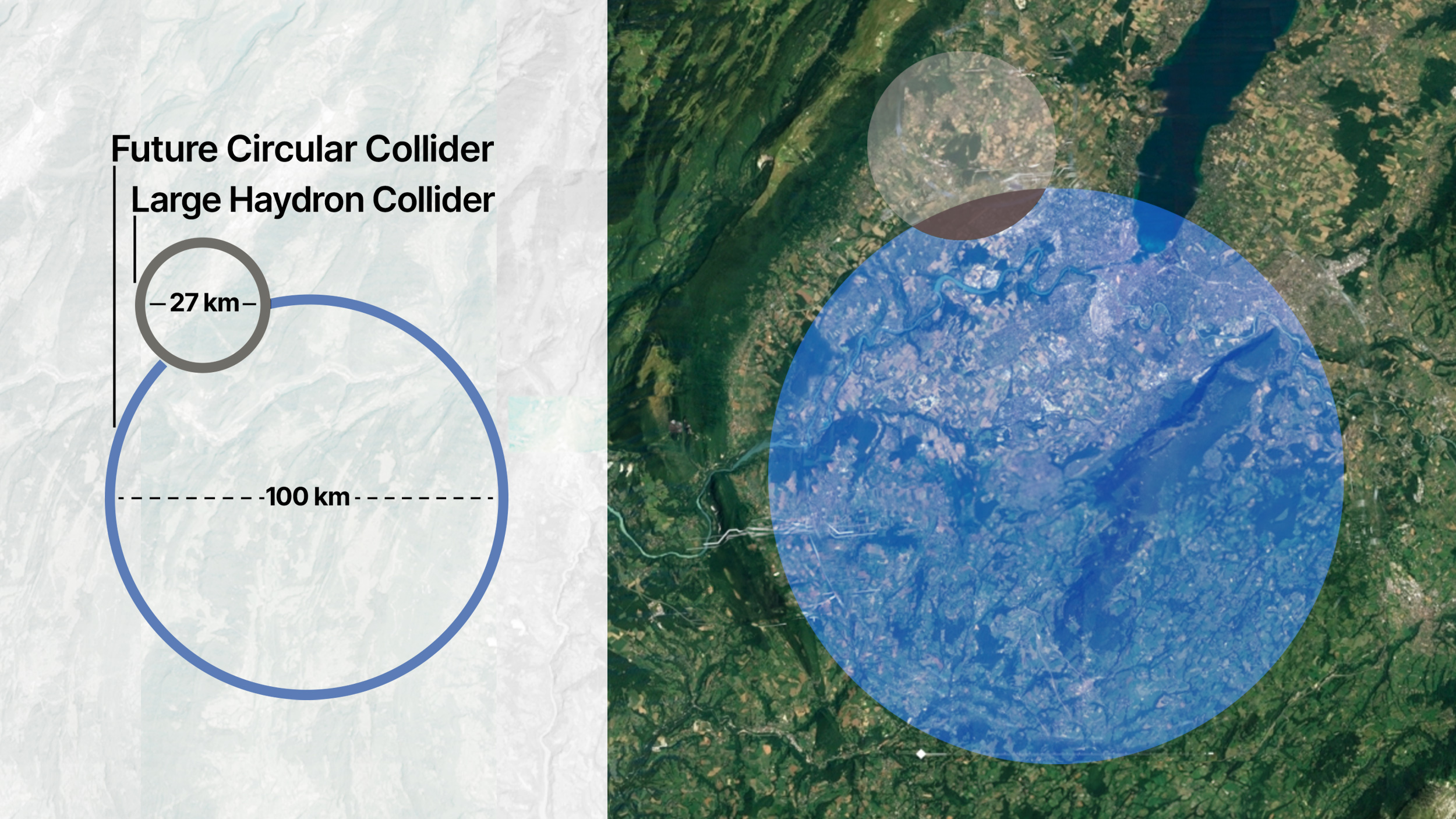
The Future Circular Collider (in blue) would overlap slightly with the current Large Hadron Collider, but requires an additional ring (and tunnel) somewhere upward of 80 km in circumference: dwarfing the LHC’s current 27 km circumference. Bigger tunnels and stronger magnets are needed for a more energetic hadron collider, with the FCC proposing ~16 T magnets, approximately double the LHC’s current magnet strength.
Initially an electron-positron Higgs factory, subsequent upgrades would create a ~100+ TeV hadron collider.
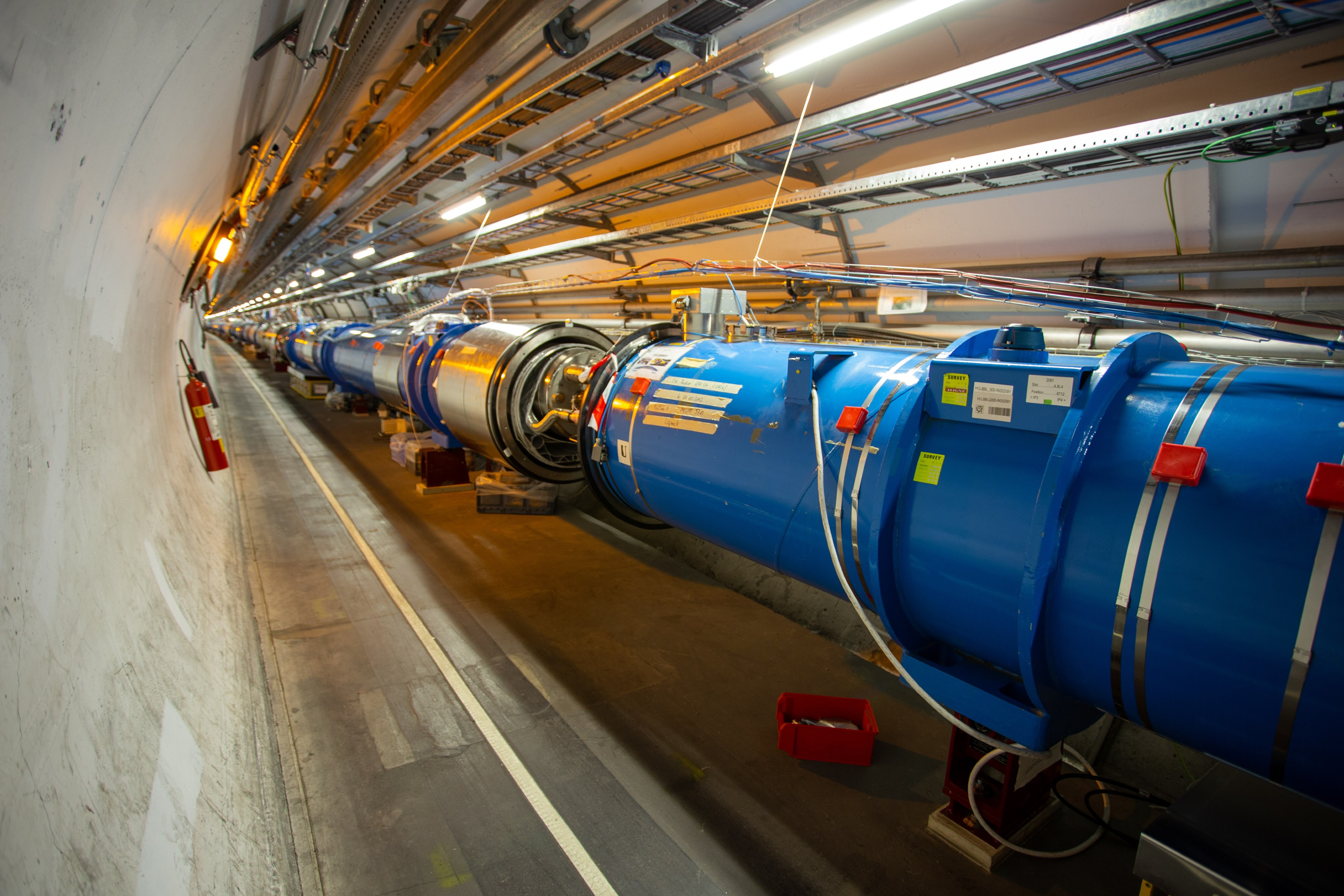
This interior view of the Large Hadron Collider shows the outside of the accelerator where the particle beam passes through, where it receives electric “kicks” to accelerate it and collimation “squeezing” from bending magnets. With ~7-8 tesla electromagnets, it can achieve collision energies of ~14 TeV; stronger magnets (and/or a larger radius for the ring) are needed for higher energies.
However, it’s an extremely expensive and very long-term proposition.
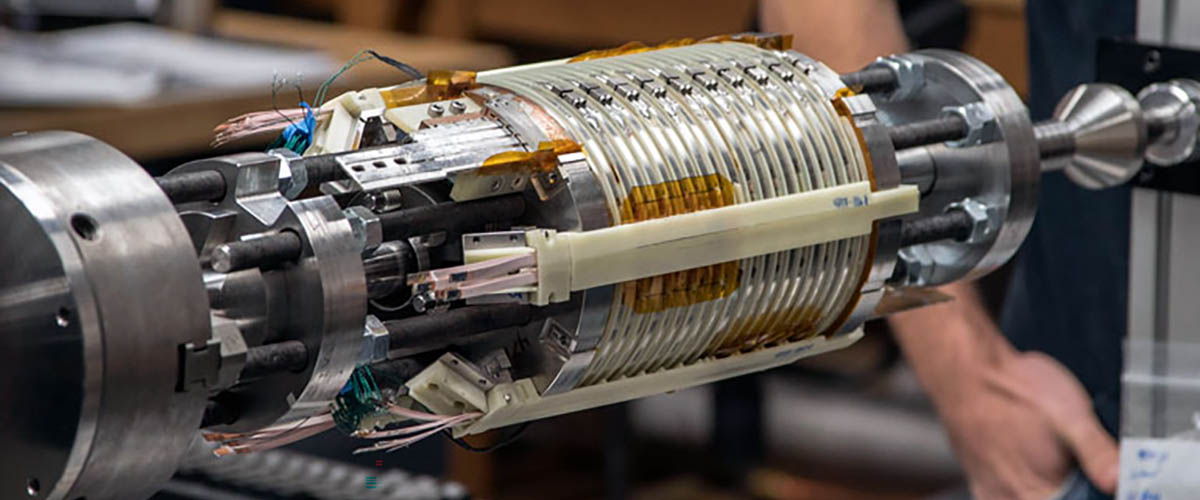
This superconducting magnet from the National High Magnetic Field Laboratory can achieve sustained fields of 32 T, or about four times the field strength of the magnets currently powering the LHC. This magnet first came online in 2017, and won the R&D 100 award in 2022.
Alternatively, a linear accelerator electron-positron collider could be built.
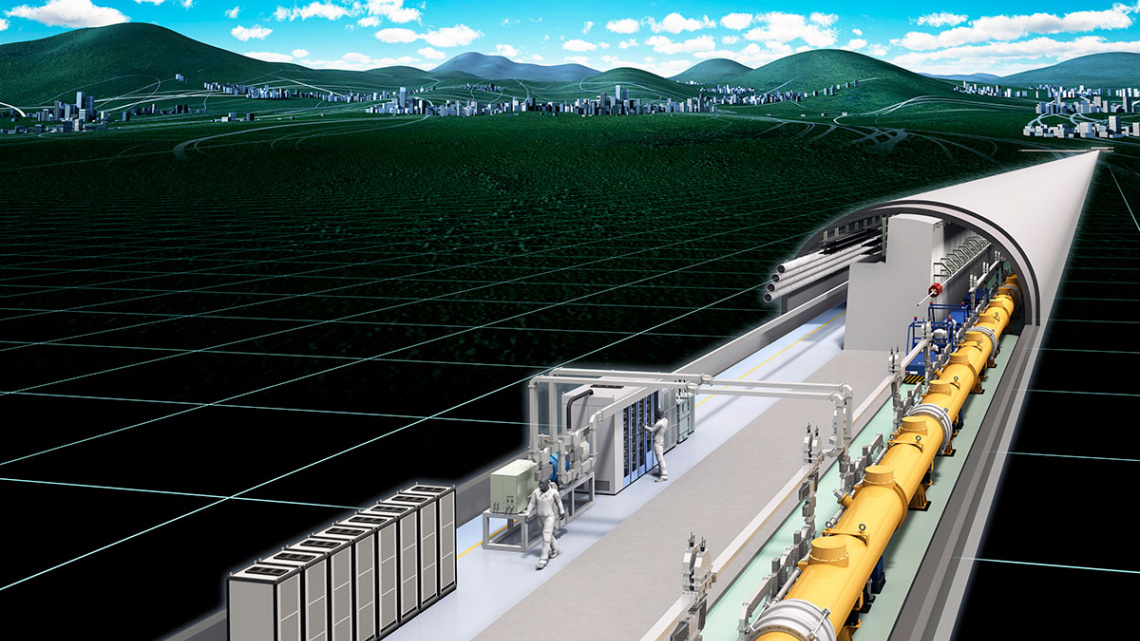
Although there are many novel proposals for new particle colliders, including in China, at CERN, and at Fermilab, the question of whether to build a circular machine, a linear lepton collider, or to pursue a novel muon collider all remain options on the table. In an ideal world, we’d get a linear machine to study the Higgs and the electroweak phase transition with great precision, and then a circular machine to collide hadrons at even higher energies. But funding, political realities, and popular opinion will also play a major role in determining what decisions get made.
However, it’s also expensive, can’t ever collide hadrons, and requires improved accelerator cavities.
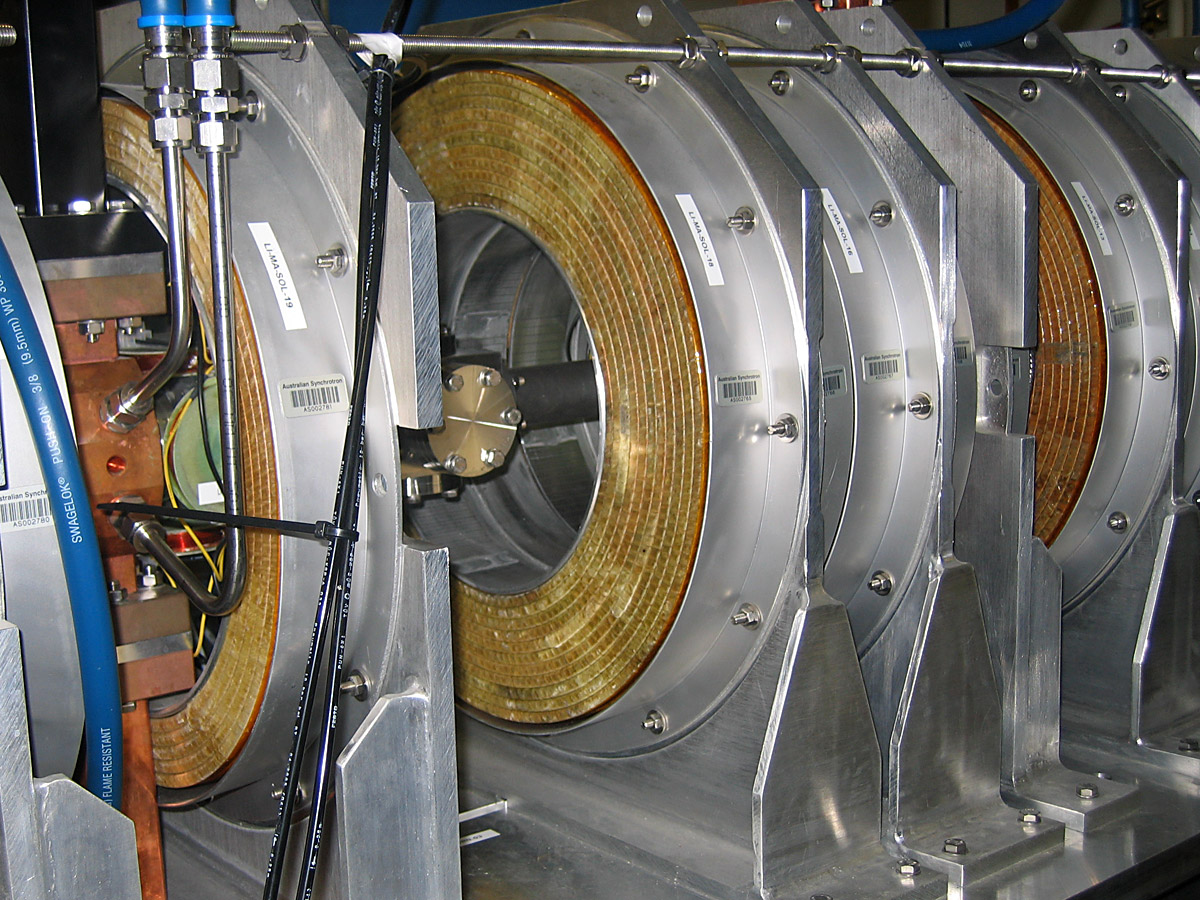
This set of radiofrequency cavities within a linear accelerator in Australia consist of a very intricate electromagnetic setup. These cavities can accelerate electrons and/or positrons by up to about 30 MeV of energy for each meter of length. Unless this value can be increased substantially, a very long linear collider (of nearly 10 km) will be needed to reach the desired energies to produce a Higgs factory.
Credit: John O’Neill; jjron/Wikimedia Commons
There is a faster, cheaper path to a Higgs factory: LEP3.
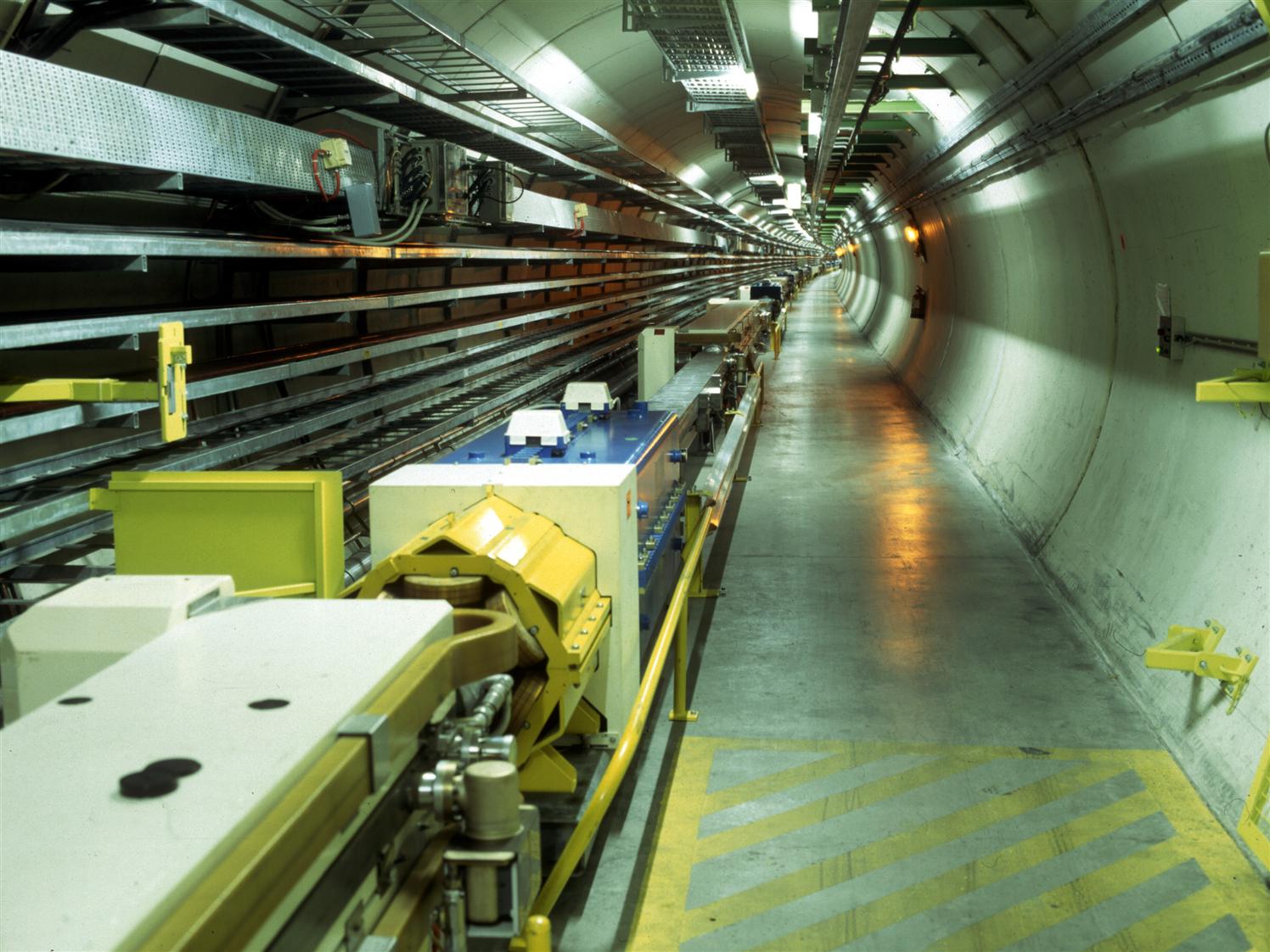
Before there was the LHC, the same tunnel that now houses it was built back in the 1980s to accommodate LEP: the Large Electron-Positron Collider. Operating for more than a decade, it sought to find either the Higgs or the top quark, but couldn’t reach the required energies. With a push to just a few extra percent over LEP’s maximum energy, the proposed LEP3 could be our fastest, cheapest path to a Higgs factory.
Before the LHC, the same 27 km tunnel housed LEP: the Large electron-positron collider.
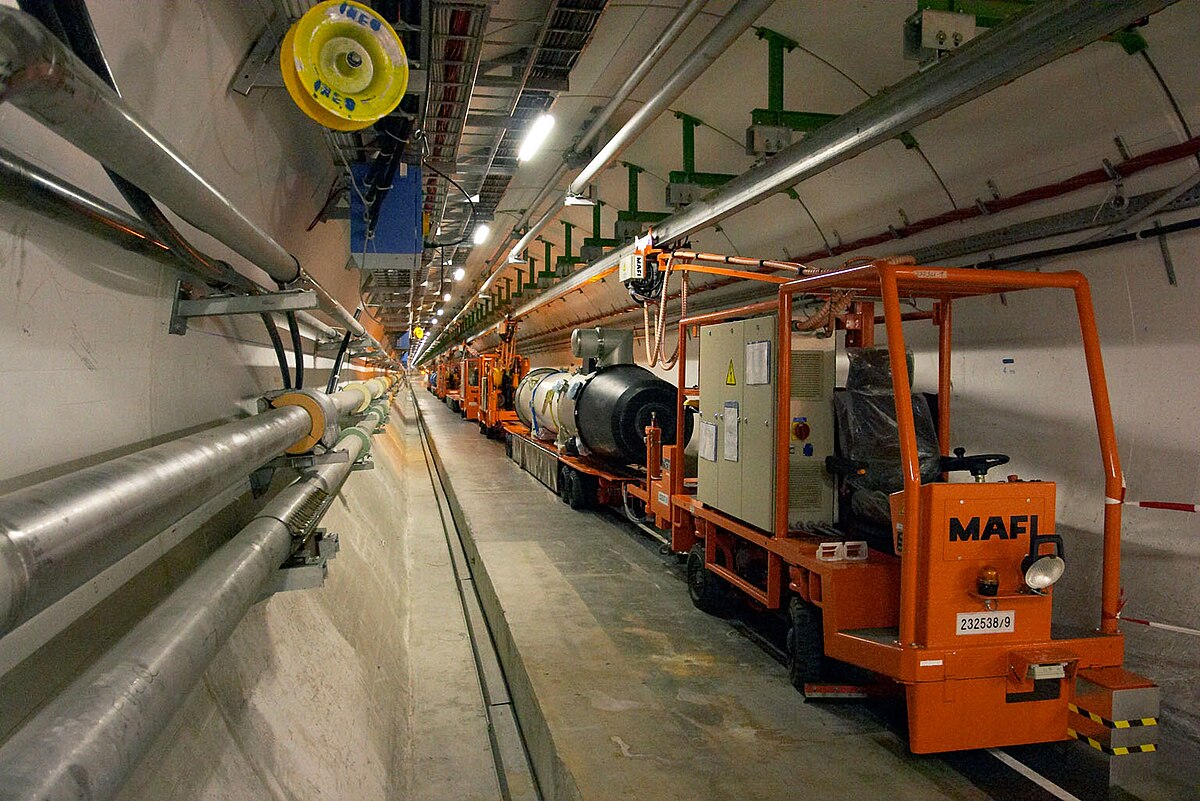
In the early 2000s, the infrastructure for the Large Electron Positron collider was removed and replaced with new infrastructure for the Large Hadron Collider: the currently-running LHC. After the LHC is complete, going back to colliding electrons and positrons in the same tunnel is an option that should be explored for building a Higgs factory: not for its science power, but for its speed and relatively low cost.
With an upgraded architecture, a dual-ring collider could produce ~500,000 Higgs events over ~6 years of operation.
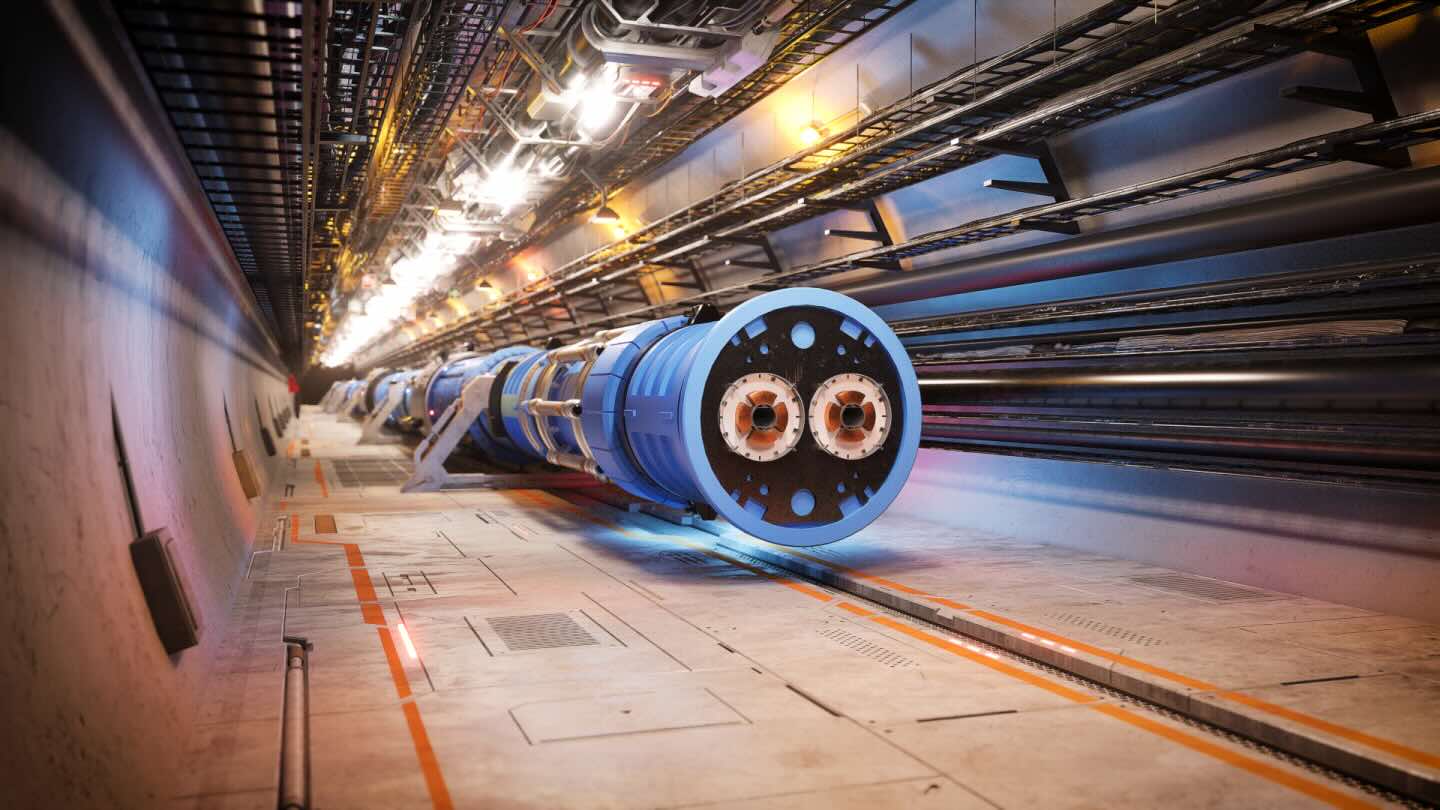
In order to optimize the luminosity (or number of particles in the beam) of a particle physics experiment conducted in a circular cavity, two tunnels, rather than one, should be built: one for circulating particles clockwise and one for circulating them counterclockwise, in bunches. Only where the bunches “cross” should detectors be built, optimizing the chances of a collision that encodes key information about the Universe.
LEP3 costs under $5 billion, maximizing CERN’s existing infrastructure.
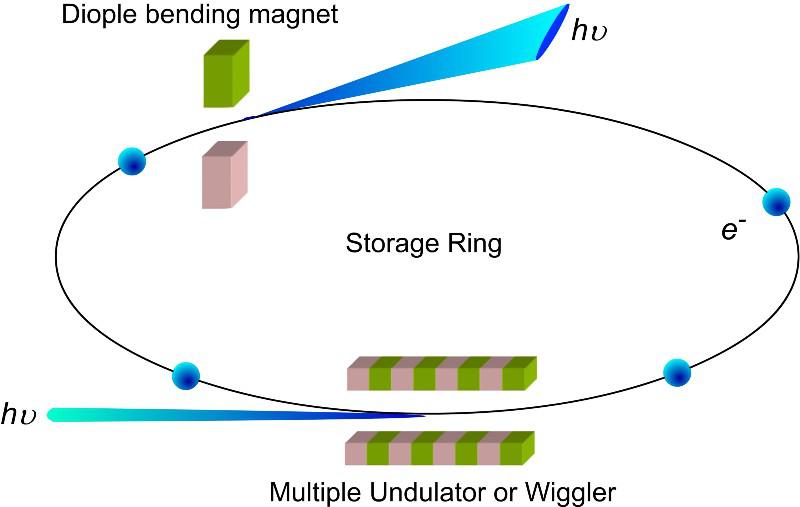
Relativistic electrons and positrons can be accelerated to very high speeds, but will emit synchrotron radiation (blue) at high enough energies, preventing them from moving faster. This synchrotron radiation is the relativistic analog of the radiation predicted by Rutherford so many years ago, and has a gravitational analogy if you replace the electromagnetic fields and charges with gravitational ones. Protons emit just one ten-trillionth of the synchrotron radiation that electrons do, and building LEP3 in the current LHC tunnel would struggle, but not prohibitively, to overcome this limitation of physics.
Credit: Chung-Li Dong et al., SPIE
This fast, cheap Higgs factory could begin operating mere years after the LHC’s retirement.
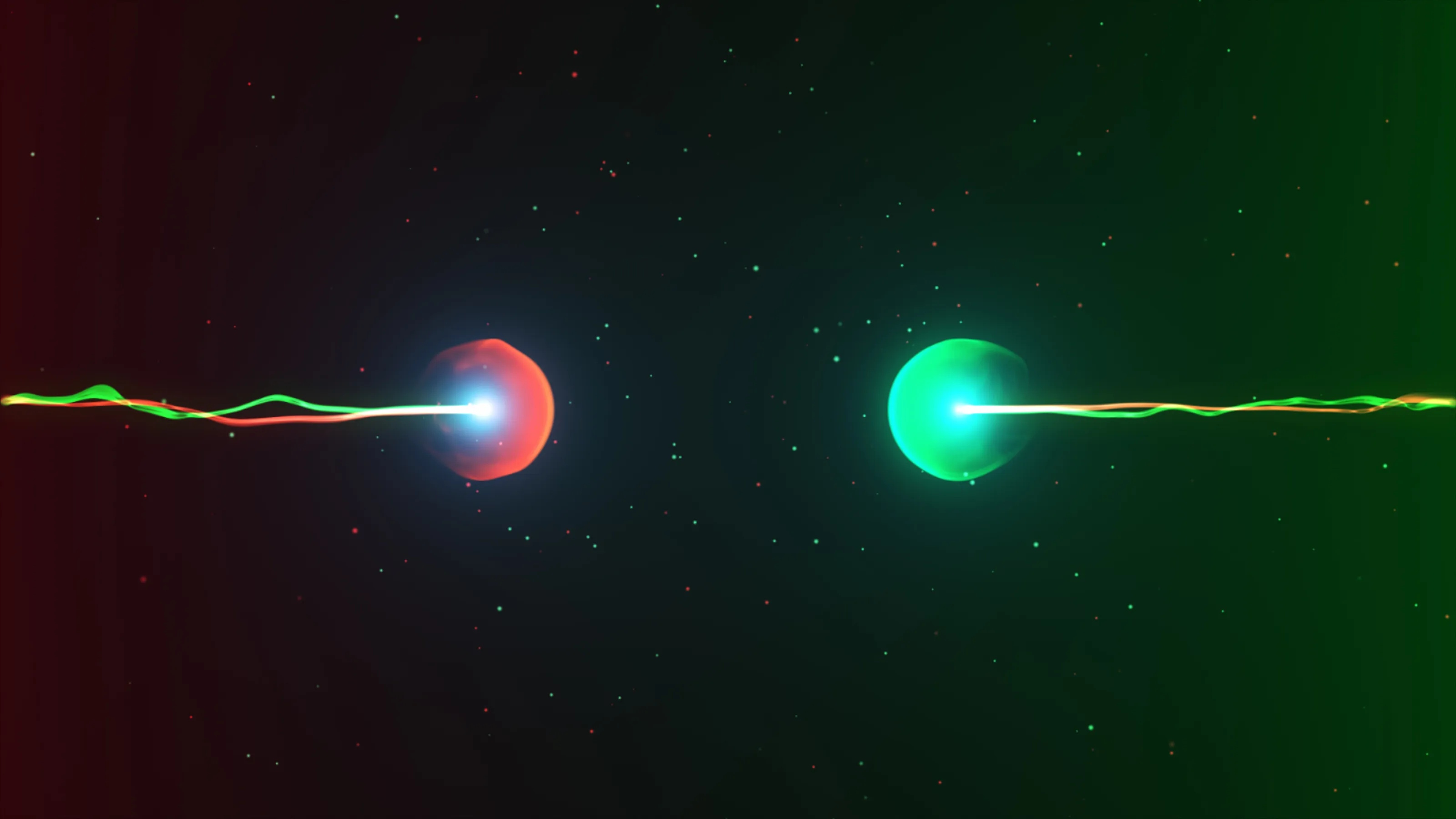
When two particles collide, there is the possibility of getting a large number of “daughter” particles out. However, when those two particles are electrons and positrons (or any lepton-antilepton combination) of equal energies but opposite momenta, the opportunity to produce a combination of particles with the exact combined rest mass of the collision energy increases greatly. This strategy is why an electron-positron machine is so attractive as a candidate for, for example, a Higgs factory.
Credit: flashmovie / Adobe Stock
Mostly Mute Monday tells a scientific story in images, visuals, and no more than 200 words.
Sign up for the Starts With a Bang newsletter
Travel the universe with Dr. Ethan Siegel as he answers the biggest questions of all.
